5 Pacific Crest Trail Hikes You Don't Want to Miss
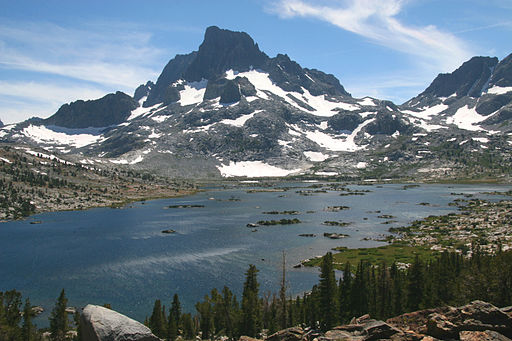
The Pacific Crest Trail, or PCT, is one of the most famous, most popular trails in the United States. Spanning 2,663 miles through California, Oregon, Washington state, and British Columbia, the trail draws thousands of visitors and about 300 thru-hikers each year. Certain sections of the PCT are notoriously difficult; only around 180 of the 300 thru-hikers actually hike the entire trail. However, visitors to the trail can still enjoy the PCT's most scenic areas by going on section hikes and day hikes.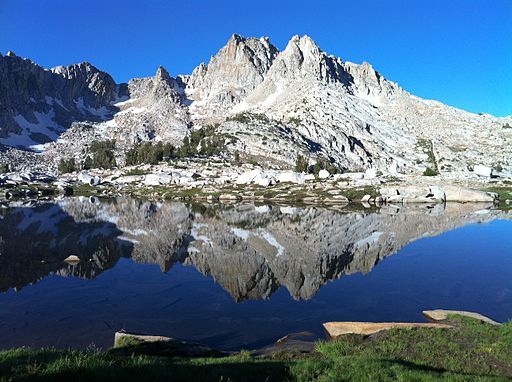
Here are five Pacific Crest Trail section hikes and day hikes that no serious hiker will want to miss.
1. JOHN MUIR TRAIL

The John Muir Trail (JMT) is the most famous subsection of the Pacific Crest Trail. Named for the nineteenth century naturalist who co-founded the Sierra Club, the JMT is a 221-mile trail that runs from the Yosemite Valley in the north to Mount Whitney in the south. (Officially, the trail is 210.4 miles in length, but the trail ends on the summit of Mount Whitney, requiring an eleven-mile hike back down from the summit.) Along the way, the trail goes through Yosemite National Park, Sierra National Forest, Inyo National Forest, Kings Canyon National Park, and Sequoia National Park, touring hikers through sites like Half Dome, Devils Postpile National Monument, and the Ansel Adams Wilderness area.
To hike the JMT, you'll first need to get a permit. You obtain the permit from the national park where you begin your hike; you do not need to get other permits for the parks you will pass through. The majority of hikers – over 75 percent of them – choose to hike north to south, starting in Yosemite Valley. The main reason for hiking in this direction is elevation. By starting in the valley, hikers get a chance gradually acclimate to the elevation. By contrast, starting the hike by reaching the summit of Mount Whitney is much more difficult.
Most hikers time their hikes between July and September. Any earlier or later than that invites trouble with late-season or early-season snow storms. The Sierra Nevada mountain passes can be notoriously dangerous when covered by ice and/or snow. To hike the whole JMT, plan for a minimum of two weeks. That's a tough pace for a lot of hikers, though; most hikers plan on a three-week trip.
2. SKY LAKES WILDERNESS
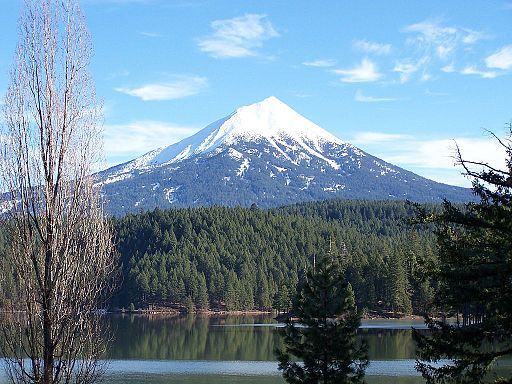
If you'd prefer a weekend trip to a three-week trip, try the Sky Lakes Wilderness section in Oregon. As the area's name suggests, Sky Lakes Wilderness is dotted with aquamarine pools and three major glacial lakes, including lakes that are considered by the EPA to be among the most chemically pure in the entire world. If mountains are more your thing than bodies of water, at the summit of Mount McLoughlin, you'll get an amazing Eureka! moment as you are treated to a view of southern Oregon like no other. A string of volcanoes will spread out before you as you take in the views of the Cascade Mountains.
The section of the PCT that cuts through Sky Lakes is 28.7 miles. However, if you can't get enough of the Sky Lakes Wilderness, consider expanding your trip to include some of the many side trails. Like other sections of the PCT, parts of the Sky Lakes Wilderness trail can be covered with snow until July. Early-season hikers go around May; late-season hikers don't wait any longer than September.
3. SONORA PASS

In northern California is Sonora Pass, an 8.9-mile section of the PCT located east of San Francisco, with a reputation for being one of the very best day hikes on the whole trail.
What makes Sonora Pass such a special day hike? For starters, at 9,624 feet, it is the second highest road pass in the Sierra Nevadas. Hikers will be treated to alpine lakes, meadows bursting with wildflowers, and towering cliffs. The view of the Sierra Nevadas along the pass is breathtaking.
4. DONNER PASS TO SQUAW VALLEY
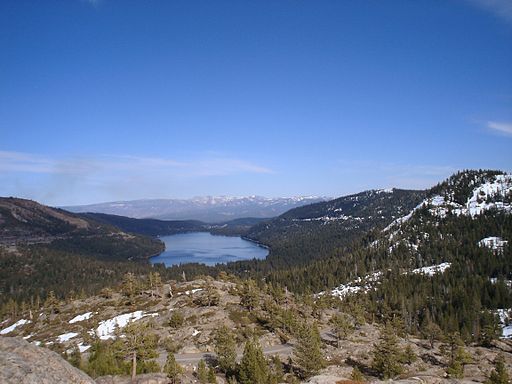
Speaking of California hikes, the PCT also runs through the infamous Donner Pass, where the ill-fated Donner-Reed Party found themselves tragically snowed in 1846. As long as you don't make the same mistakes that the Donner Party made, you and your hiking buddies will enjoy the 17.5-mile hike from Donner Pass into Squaw Valley. Ambitious and experienced hikers should be able to take this section of the PCT in a single day; hikers who prefer a slower pace can make a weekend of it.
Be warned: This section of the PCT is relatively tough. There aren't a lot of trees to provide cover if a sudden storm comes up, and there's rarely any water on the trail, which means you'll need to carry all your water with you. The terrain is windswept and often stark, dotted with firs and hemlocks but also lunar-like stretches of granite. Give yourself plenty of time and bring plenty of provisions, even if you only plan on hiking it for one day.
5. BADGER FLAT TO LITTLE WILLOW LAKE (LASSEN VOLCANIC NATIONAL PARK)
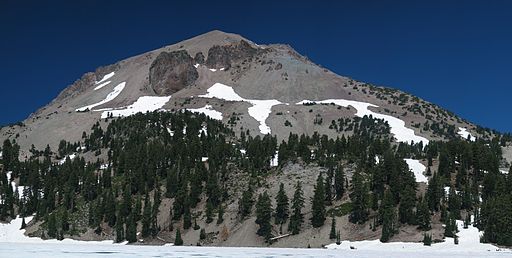
From June to September, you can attempt the Badger Flat to Little Willow Lake section of the PCT, an 18.3-mile hike that most hikers take in two to three days. Most hikers also take this trail south to north, beginning at Little Willow Lake and exiting at Badger Flat.
At Little Willow Lake, the trail climbs up a forested ridge for 3.9 miles, then climbs even more steeply for another 6.2. The Twin Lakes, which are located at about the halfway point, are popular with visitors and are typically crowded during prime hiking season. However, the rest of the trail is pretty strenuous, so it's unlikely you'll see anyone except serious hikers on other sections of the trail. The meadow at Badger Flat gives a great view of Lassen Peak.
Although this portion of the trail isn't as historically famous as Donner Pass, it hosted its share of covered wagons passing through on the way to Oregon. At points along this hike, you can still see the wagon ruts.